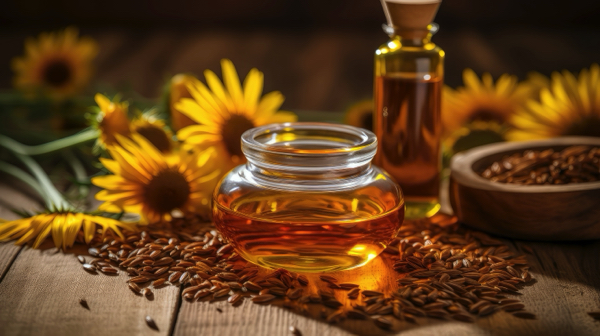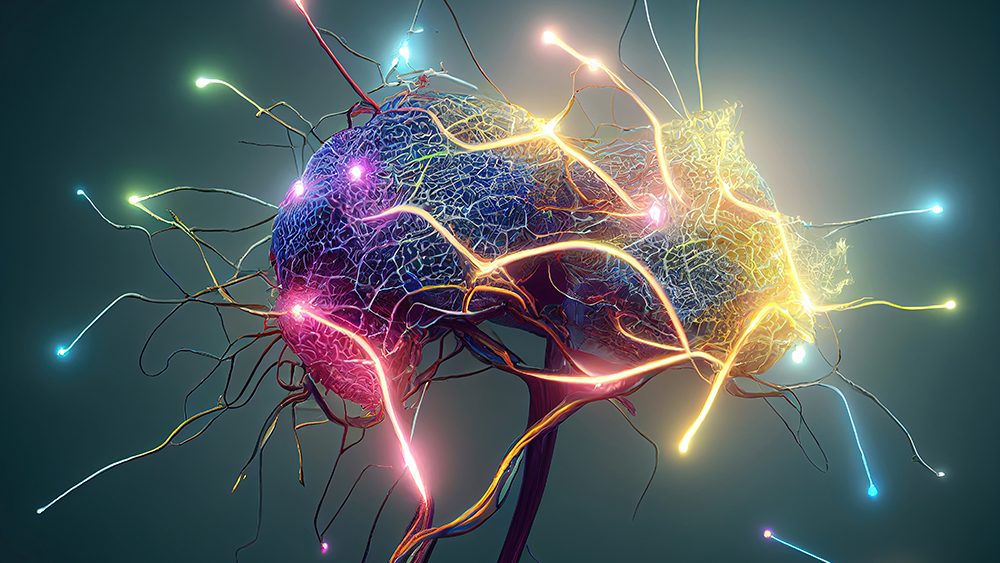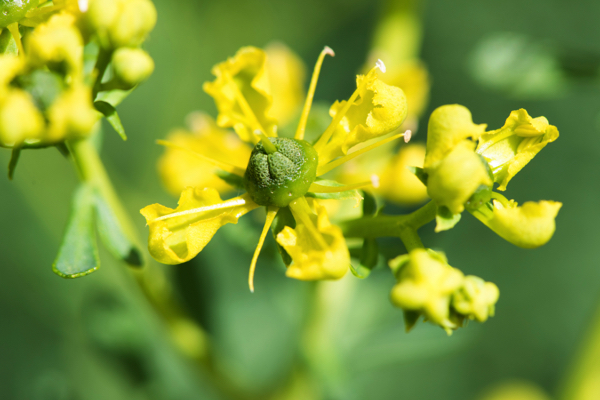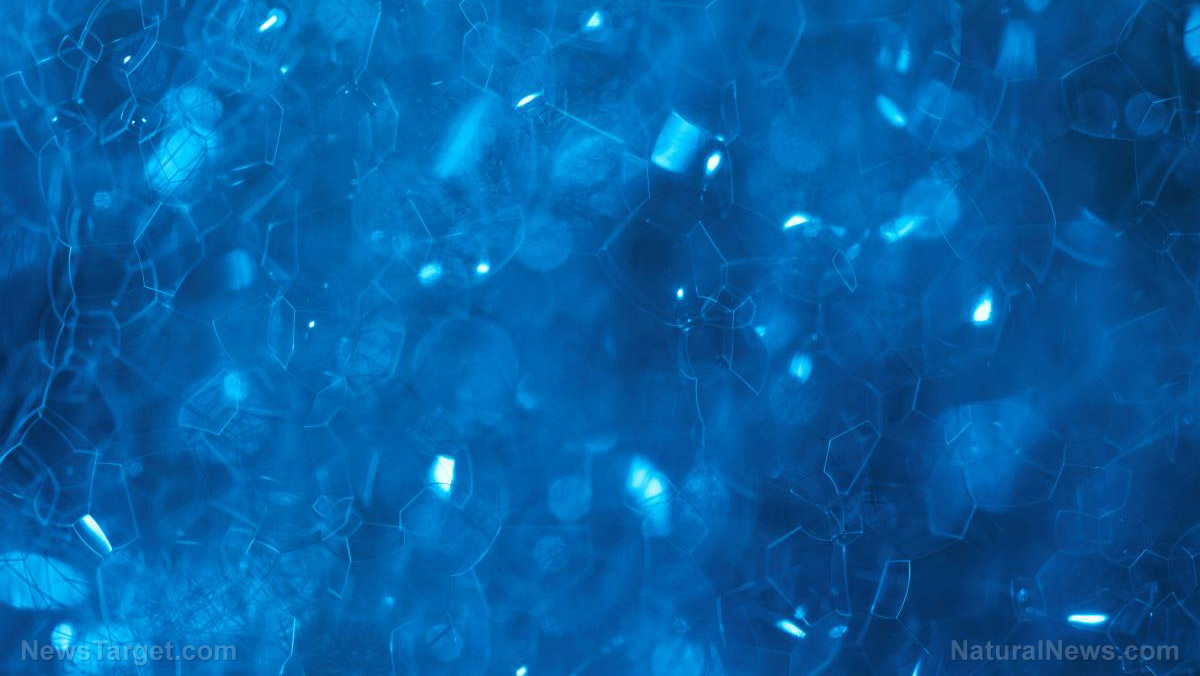The hidden dangers of Red No. 3: Why the FDA should ban this synthetic food dye
01/07/2025 / By Zoey Sky
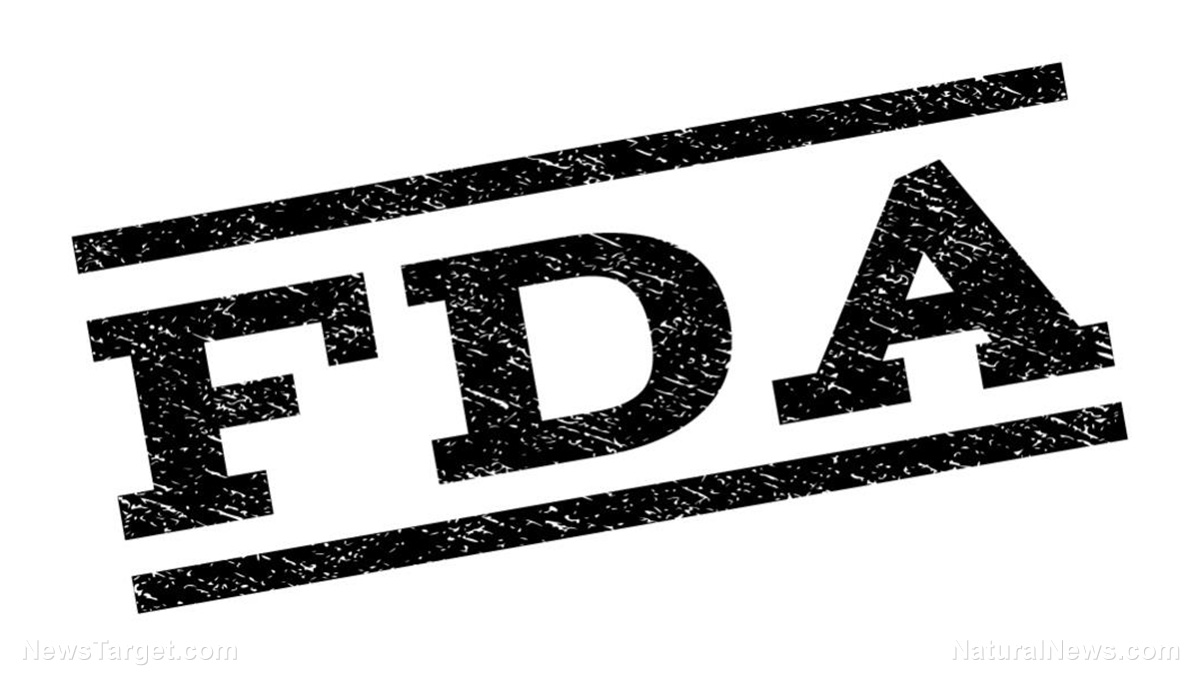
- The FDA is considering banning Red No. 3 (erythrosine), a synthetic food dye linked to cancer and hyperactivity in children, from the U.S. food supply. This decision could mark a significant shift in food safety regulations.
- Red No. 3, a petroleum-derived dye used in candies, baked goods, and snacks, has been associated with cancer in animal studies and behavioral issues in children. It was banned in cosmetics in 1990 but remains in food products despite decades of health concerns.
- The FDA’s potential ban follows California’s decision to ban Red No. 3 and other synthetic dyes by 2027. However, the food industry has historically resisted such bans, arguing that synthetic dyes are essential for maintaining vibrant food colors.
- Red No. is part of a larger issue with synthetic food dyes, including Red No. 40 and Yellow No. 5, which have also been linked to hyperactivity and behavioral problems in children.
- Advocates urge the FDA to prioritize public health by banning Red No. 3 and aligning U.S. regulations with stricter international standards.
The Food and Drug Administration (FDA) is on the verge of making a landmark decision that could reshape the American food industry. Red No. 3, a synthetic food dye also known as erythrosine, is under scrutiny for its potential health risks, and the FDA is considering banning it from the U.S. food supply.
This move comes after decades of mounting evidence linking the dye to cancer, hyperactivity in children and other serious health concerns.
Despite being banned in cosmetics since 1990 due to its carcinogenic effects, Red No. 3 remains a common ingredient in thousands of food products, from candies to baked goods.
Red No. 3 (erythrosine) is a petroleum-derived synthetic dye that is used to make foods bright cherry-red. It is commonly found in popular snacks like Betty Crocker products, Peeps, Pez and cake-decorating gels and maraschino cherries.
But while Red No. 3, also called Red 3, adds visual appeal to food, it offers no nutritional value. Its primary purpose is to make food look more enticing, often masking the lack of natural ingredients or quality in processed foods.
The controversy surrounding Red No. 3 is not new. In 1990, the FDA banned its use in cosmetics and topical medications after studies showed it caused cancer in laboratory animals.
This decision was based on the Delaney Clause, a 1960 amendment to the Federal Food, Drug, and Cosmetic Act that prohibits the use of any color additive shown to cause cancer in humans or animals.
However, the FDA allowed Red No. 3 to remain in food products, a decision that has puzzled public health advocates for decades.
Recent research has only added to the concerns. A 2021 review by the California Environmental Protection Agency linked synthetic food dyes, including Red No. 3, to hyperactivity and neurobehavioral issues in children.
The study found that some children are particularly sensitive to these dyes, experiencing symptoms that mimic attention deficit hyperactivity disorder (ADHD). Thomas Galligan, a principal scientist at the Center for Science in the Public Interest (CSPI), emphasized this point.
Galligan explained that evidence “shows pretty conclusively” that when some children consume foods containing synthetic food dyes, they will experience “nervous system effects that look like ADHD.”
The push for change
The FDA’s potential ban on Red No. 3 follows California’s groundbreaking decision last year to ban four synthetic food dyes, including Red No. 3, by 2027. This move aligns California with stricter European Union regulations, where many synthetic dyes are either banned or require warning labels.
European countries have long taken a precautionary approach to food safety, prioritizing consumer health over industry interests. (Related: STUDY: Food dye tartrazine temporarily makes skin and muscle TRANSPARENT.)
Congressman Frank Pallone Jr., a vocal advocate for food safety, has been pushing the FDA to take action. In a letter to the agency, he wrote that there is “simply no reason for this chemical to be in our food except to entice and mislead consumers by changing the color of their food so it looks more appealing.”
Pallone Jr. also expressed concerns that during the holiday season, which often has sweet treats in abundance, children could be eating many foods that may contain Red No. 3.
Industry resistance and regulatory challenges
Despite the growing evidence of harm, the food industry has historically resisted efforts to ban Red No. 3. In the 1980s, when the FDA first attempted to ban the dye, the maraschino cherry industry lobbied heavily to keep it on the market.
Today, the National Confectioners Association argues that synthetic dyes like Red No. 3 are essential for maintaining the vibrant colors consumers expect in their favorite treats. Christopher Gindlesperger, a spokesperson for the association, has claimed that these “vibrant colors” are important to the industry.
The FDA, for its part, maintains that Red No. 3 is safe when consumed in accordance with its regulations.
However, critics argue that the agency’s standards are outdated and fail to account for the cumulative effects of long-term exposure to synthetic dyes. As Galligan pointed out, food dyes only make food look “pretty” so consumers will want to buy them. He added that dyes don’t have any other function except as “a marketing tool.”
The broader issue of synthetic food dyes
Red No. 3 is just one of many synthetic food dyes that have come under scrutiny. Other commonly used dyes, such as Red No. 40, Yellow No. 5 and Yellow No. 6, have also been linked to behavioral issues and hyperactivity in children.
While these dyes are approved by both the FDA and the European Food Safety Authority (EFSA), their safety remains a topic of debate. Some studies suggest that certain dyes may contain cancer-causing contaminants, though regulatory agencies argue that these contaminants are present in levels too low to pose a significant risk.
The inconsistency in global regulations further complicates the issue. For example, Green No. 3 is approved in the U.S. but banned in Europe, while Quinoline Yellow is allowed in the EU but prohibited in the U.S.
This patchwork of regulations makes it difficult for consumers to assess the safety of the foods they eat.
A call for action
The potential ban on Red No. 3 represents a critical opportunity for the FDA to prioritize public health over corporate interests. By aligning U.S. regulations with stricter international standards, the agency could set a precedent for addressing other harmful additives in the food supply.
As Susan Little of the Environmental Working Group explained, it doesn’t make sense that “the same products food manufacturers sell in California are sold in the EU but without these toxic chemicals.” American children “need to be protected, too,” advised Little.
For consumers, the best course of action is to read labels carefully and avoid products containing synthetic dyes whenever possible. Natural alternatives, such as beet extract and beta carotene, can provide vibrant colors without the associated health risks.
While these options may be more expensive, the long-term benefits to health are well worth the investment.
The FDA’s impending decision on Red No. 3 is a pivotal moment in the fight for safer food. With overwhelming evidence linking the dye to cancer and behavioral issues in children, there is no justification for its continued use in food products.
By banning Red No. 3, the FDA can take a significant step toward protecting public health and ensuring that the foods consumers eat are as safe as they are appealing.
Visit Ingredients.news to read more articles about other harmful food additives.
Watch the video below to find out how food dyes are being rebranded with fake natural-sounding names to fool consumers.
This video is from the Robyn Openshaw Truth Channel channel on Brighteon.com.
More related stories:
Research shows food dyes can damage DNA structure and cause cancer.
Study: Artificial food dyes linked to BEHAVIORAL ISSUES in kids.
EFSA independent analysis reveals aspartame is a “neurotoxic additive.”
Check out these 7 food additives that are BANNED in Europe but commonly used in the U.S.
Sources include:
Submit a correction >>
Tagged Under:
additives, artificial colors, carcinogens, children's health, erythrosine, FDA, Food and Drug Administration, food color, food dye, Red 3, Red No. 3, toxic chemicals, toxic ingredients, toxins
This article may contain statements that reflect the opinion of the author
RECENT NEWS & ARTICLES
COPYRIGHT © 2017 BRAIN NEWS

